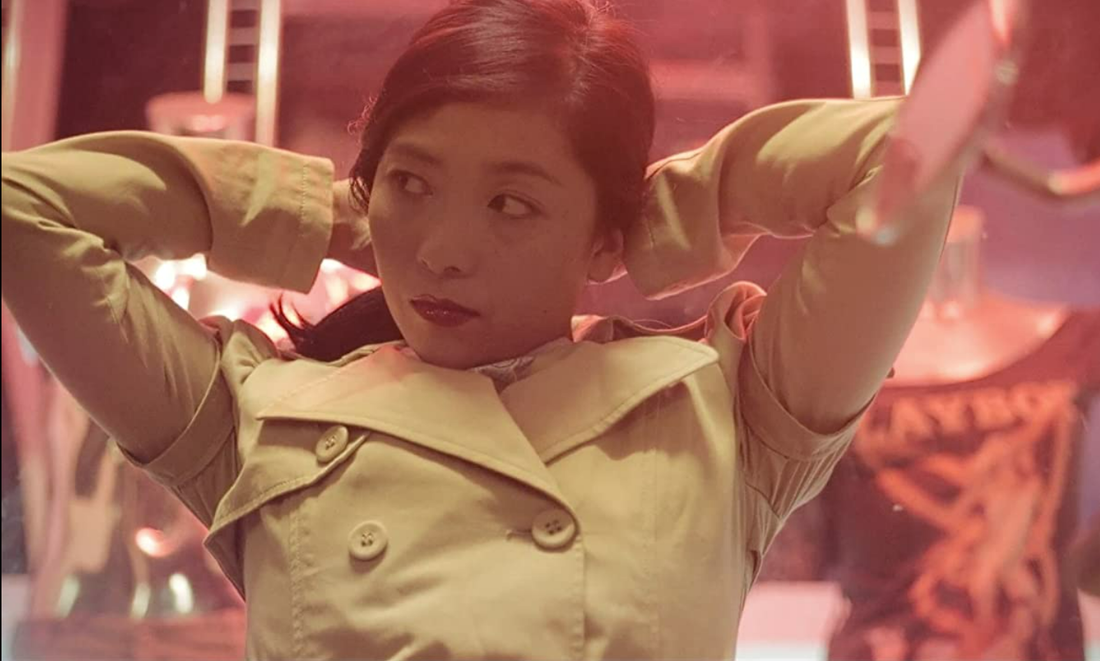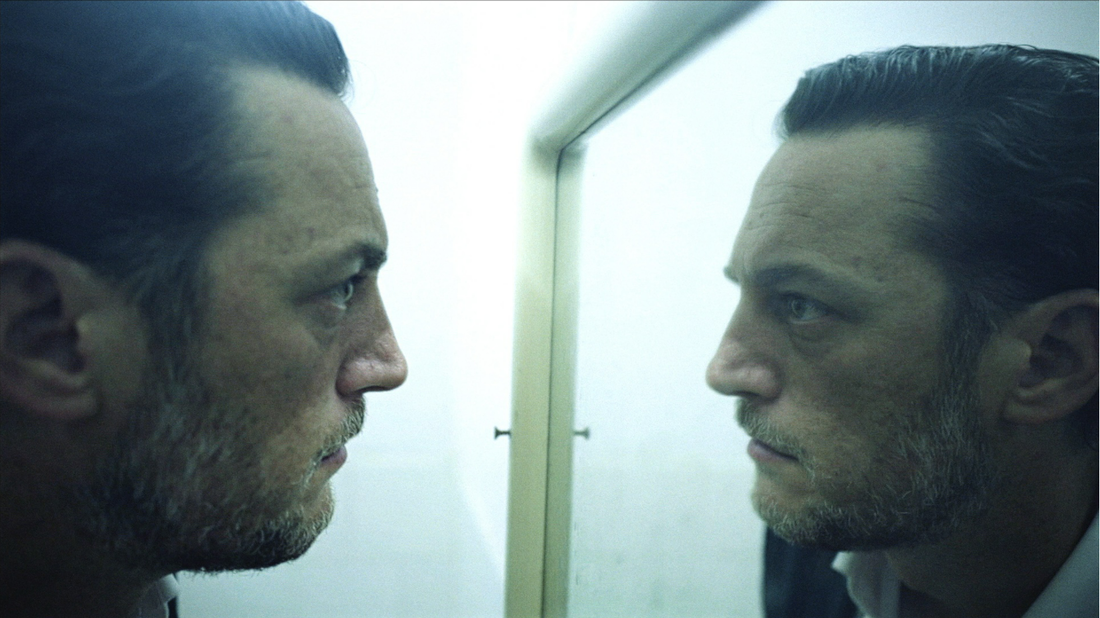Ran Slavin’s feature debut, “Call for Dreams,” is “A Page of Madness” for the 21st century.5/16/2021 Originally published on Elements of Madness. According to the press notes for Call for Dreams, Israeli director Ran Slavin started the project in pursuit of a “new cinematic form.” Slavin began with the idea to collect dreams from strangers that he could use as inspiration for his film and he ended up incorporating this idea into the plot of the film itself. Call for Dreams revolves around a young woman named Eko (Mami Shimazaki) who posts a “Call for Dreams” advertisement in a Tokyo newspaper. Strangers can describe their dreams to Eko by leaving a message on her answering machine, and if she approves of the dream, she’ll visit the customer and act out their dream for a fee. Meanwhile, an investigator in Tel Aviv (Yehezkel Lazarov) listens to old tapes on Eko’s machine as he investigates a murder. The two stories overlap in abstract ways that blur the lines between dreams, memories, and reality. Although the film flew under the radar for its international streaming release in late 2020, Call for Dreams is an intriguing film that deserves praise and critical attention. The final result of Slavin’s artistic endeavor is not a new cinematic form, but a celebration of the relationship between cinema and dreams. The film is not only about dreams, but it’s also structured like a dream. It’s cyclical, disconnected, and vague, and it would be difficult to understand without a plot description on hand. And yet, what it lacks in narrative detail it makes up for in lighting, color, staging, editing, and sound design. We have to exert some extra mental effort to fill in the movie’s narrative gaps, just like when we try to interpret a dream. And yet, the film’s imagery is so bizarre and hypnotic that it doesn’t need a clear plot to keep our attention. After watching Call for Dreams, it’s difficult to stop yourself from replaying the images over and over again in your mind. Every aspect of the film, from the fractured narrative perspective to the layers of poetic imagery, reminds us of what it’s like to dream. As far as plot, Call for Dreams lands somewhere between the narrative styles of A Page of Madness (1926) and Inception (2010). The film hints that its characters are moving in and out of dreams, but it never fully explains how all the poetic vignettes are connected. As one of Eko’s clients observes, it often seems like the people we see in our dreams are somehow connected to people in our real lives, but we can’t figure out why. This is what it’s like watching Call for Dreams. While it’s clear that Eko is important, we know little to nothing about her. She’s like a shadowy figure from a dream as she shifts and changes from scene to scene. We also know that Eko, the investigator, and his prime suspect (Yuval Robichek) are all intimately connected, but it’s impossible to figure out the true nature of their relationships. Still, even without concrete details, there’s something undeniably intriguing about Slavin’s loose fantasy world. Eko must have a rich backstory; otherwise, how would she have ended up in such a unique profession? Our need to understand that backstory keeps us hooked and even compels us to begin filling in the narrative gaps ourselves. Watching Call for Dreams is like walking through a photography exhibit and making up a story to connect the pictures. Rather than entertaining us with an elaborate story, Call for Dreams simply gives us a narrative foundation that we can use to come up with our own plot. Like a confusing dream that occupies your mind for days as you try to make sense of it, Call for Dreams is much more intellectually enchanting than any traditional plotline. Call for Dreams is also remarkably perceptive, highlighting the most beautiful and minute details of Eko’s world and surrounding us in a sensory blanket of creative inspiration. Slavin uses visual motifs to provide stability in an otherwise disconnected plot, making the crazy world of the film a lot easier to digest. From its opening shot in which the camera races through a tunnel, Call for Dreams establishes a hypnotic visual design that makes it impossible to look away. It has a post-apocalyptic noir vibe filled with dim neons and images of decaying consumerism, casting eerie shadows on a strange world of old and new technology (Eko uses a tape-recorder answering machine, but she also has a smartphone). Slavin halts the plot at the right moments to observe the details of that world and ties everything together with a rich sound design. From pattering rain to clinking silverware, there’s always something to listen to throughout the film. Call for Dreams is the perfect escape into cinema. With an abstract plot, exquisite cinematography, and lush set design, it makes us aware of our instinctual need to transform observations into stories. It may not be a new cinematic form, but it breaks down motion picture storytelling into its component parts and reminds us why this mode of storytelling is so seductive. It’s engaging and enchanting, captivating us with sensory details while encouraging us to make our own connections. Call for Dreams is not quite narrative and not quite experimental, but it’s a true gem of contemporary independent filmmaking. Available now on IMDB TV, Tubi, GooglePlay, and Roku.
0 Comments
Leave a Reply. |
"Our embodied spectator, possibly perverse in her fantasies and diverse in her experience, possesses agency...finally, she must now be held accountable for it." Categories
All
|






